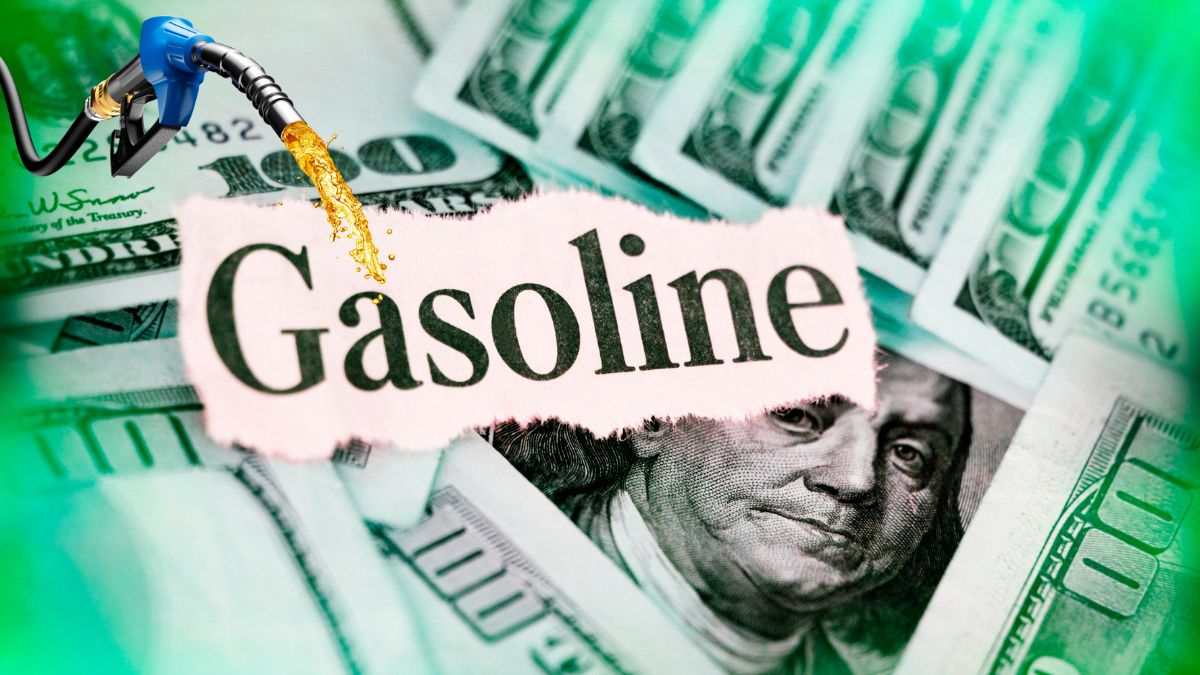The price drivers pay at the gas pump — averaging $3.45 in June — includes a federal tax of 18.4 cents per gallon, plus state taxes that vary widely.
State Tax Increases This Summer (July 1)
In seven states, these state taxes are set to increase at the height of the summer driving season. Below is the list of total state taxes for these locations, effective July 1:
- California: 69.8 cents per gallon — the highest of all states.
- Colorado: 27.9 cents per gallon.
- Illinois: 67.1 cents per gallon.
- Indiana: 56.1 cents per gallon.
- Missouri: 27.5 cents per gallon.
- Nebraska: 30.5 cents per gallon.
- Virginia: 40.4 cents per gallon.
How These States Will Hike Their Taxes
In California, the state’s excise tax on gas will rise from 57.9 cents per gallon to 59.6 cents per gallon, according to the California Department of Tax and Fee Administration. When other state taxes and fees are taken into account, the state tax on a gallon of fuel in California will rise from about 68 cents to about 70 cents.
In Colorado, the state’s road usage fee will see an increase from 3 cents per gallon to 4 cents per gallon, as reported by the Colorado Department of Revenue. Additionally, the environmental fee will rise from 0.6 cents per gallon to approximately 1.3 cents per gallon. These fees are in addition to the existing 22-cent gas tax. As a result, the total state tax on gas will increase from around 26 cents per gallon to roughly 28 cents per gallon.
Illinois Gas Tax Changes
In Illinois, the state’s gas tax is set to rise from 45.4 cents per gallon to 47 cents per gallon, according to the Illinois Department of Revenue. Overall, the total state tax on gas will increase from 66.5 cents per gallon to 67.1 cents per gallon, making it the second highest in the country.
Indiana Gas Tax Adjustments
In Indiana, the gas tax will increase from 34 to 35 cents per gallon, as noted by the Indiana Department of Revenue. Besides this excise tax and a 1-cent oil inspection fee, the state imposes a gasoline use tax, which is adjusted monthly. For July, the use tax rate will be 20.1 cents per gallon. Altogether, Indiana drivers will face state taxes totaling 56.1 cents per gallon.
In Missouri, the motor fuel tax rate is set to rise from 24.5 cents per gallon to 27 cents per gallon, as reported by the Missouri Department of Revenue. When combined with two additional fees, which total approximately half a cent, the overall state taxes will amount to 27.5 cents per gallon.
Fuel Tax Changes in Nebraska
In Nebraska, the fuel tax rate is increasing by half a cent, bringing it to 29.6 cents per gallon, according to the Nebraska Department of Revenue. Along with an environmental fee, the total state tax that drivers will pay amounts to 30.5 cents per gallon.
Updates to Virginia’s Fuel and Sales Tax
In Virginia, the motor fuels tax rate will increase from 29.8 cents per gallon to 30.8 cents per gallon, as per the Virginia Department of Motor Vehicles. Additionally, the state’s gas sales tax rate will rise from 8.7 cents per gallon to 9 cents. Altogether, motorists will end up paying 40.4 cents per gallon in state taxes.
How Gas Prices Are Set
The price you pay at the pump is influenced by several factors, with the cost of oil and refining being the primary components. However, federal, state, and local taxes and fees can significantly inflate the final price.
Taxes in Gas Prices
In addition to the federal tax on gasoline, which stands at 18.4 cents per gallon, states impose their own array of taxes and fees. These can include a mix of:
- Excise taxes – Applied to goods, services, and activities.
- Sales taxes – Added to the purchase price.
- Environmental taxes – Levied to address environmental impacts.
- Inspection fees – Charged for regulatory inspections.
Breaking Down the Additional Costs
According to a NerdWallet analysis of U.S. Energy Information Administration data, these additional state taxes and fees average out to 32.6 cents per gallon. When you combine this with the federal tax, you’re looking at an average of 51 cents added to every gallon of gas.
Understanding these components can give you a clearer picture of why gas prices are what they are. So next time you fill up, you’ll know exactly where your money is going.
When it comes to state tax rates on gas, there’s a wide variation across the country. At the top of the list, you’ll find California with a hefty rate of 69.8 cents per gallon, closely followed by Illinois at 67.1 cents per gallon, and Pennsylvania at 58.7 cents per gallon. On the other end of the spectrum, Alaska boasts the lowest state tax at just 9 cents per gallon, with Mississippi and Hawaii not far off at 18.4 cents and 18.5 cents per gallon respectively.
Annual Adjustments Based on Inflation
In many states, gas taxes are adjusted annually to keep pace with inflation, using the consumer price index as a guide. This index, calculated by the U.S. Bureau of Labor Statistics, serves as a proxy for inflation. As a result, these taxes may rise or fall in line with the annual rate of inflation. Additionally, some states gradually increase new or higher fees by phasing them in incrementally each year.
Utilization of Tax Revenue
So, where does all this tax revenue go? Typically, states allocate these funds towards infrastructure improvements and environmental initiatives. This means that the money collected from gas taxes often goes right back into projects that benefit the public, such as road repairs and environmental protection programs.




